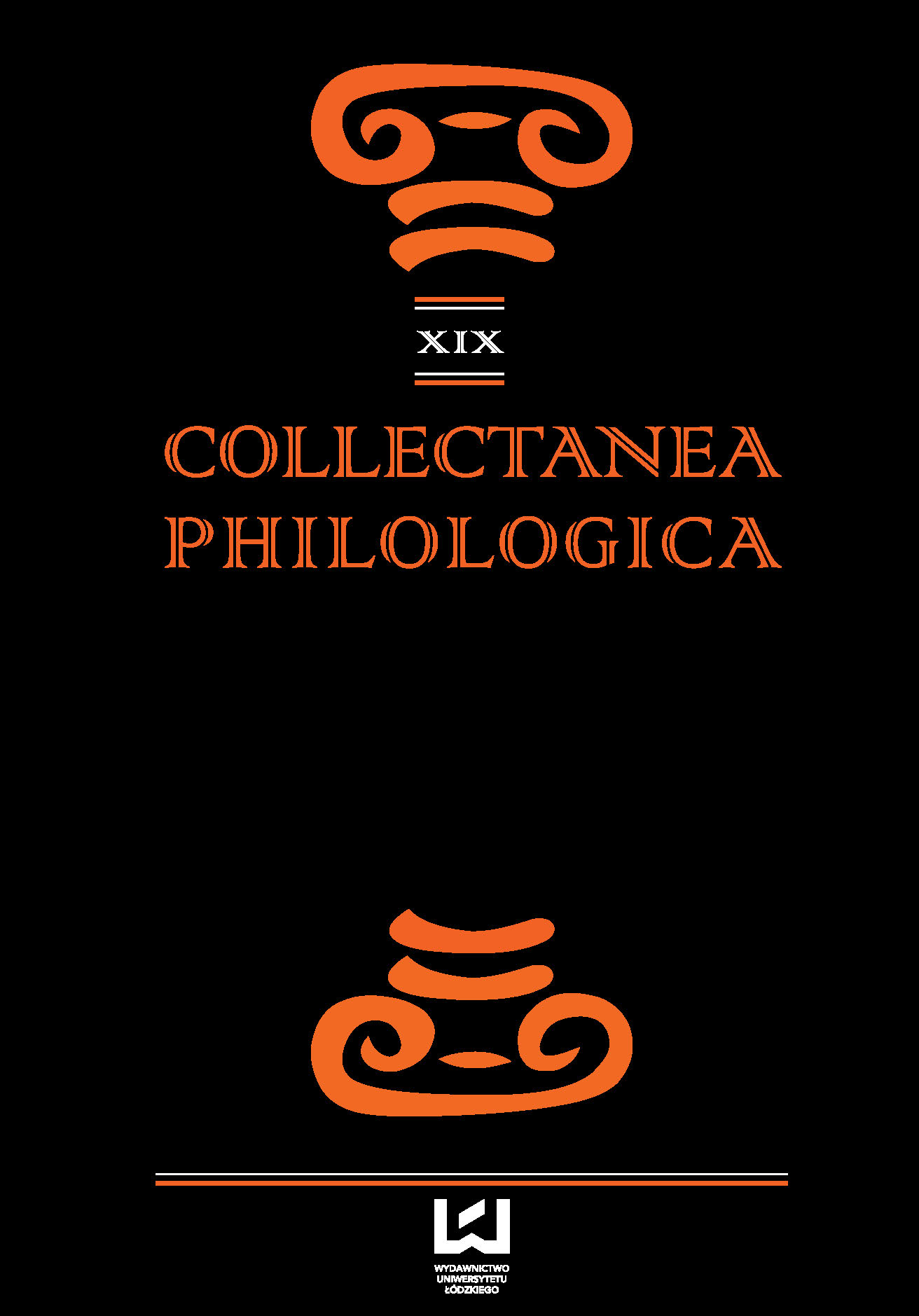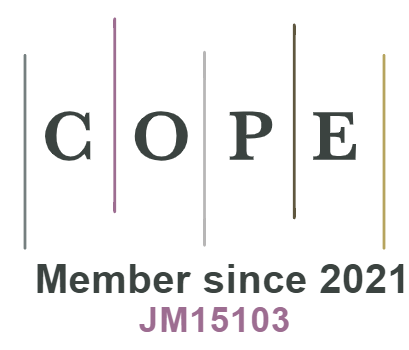India in Ariane Mnouchkine’s Staging of European Masterpieces
DOI:
https://doi.org/10.18778/1733-0319.19.06Keywords:
Théâtre du Soleil, Aeschylus, Euripides, William Shakespeare, kathakaliAbstract
The text discusses influences and oriental inspirations, mainly Indian and Japanese, present in the staging of Shakespeare’s plays (Richard II, Henry IV, Part I and Twelfth Night), Euripides (Iphigenia at Aulis) i Aeschylus (Oresteia) in the Théâtre du Soleil. Owing to the incorporation of ‘the imagined orient’ in the Shakespearean cycle, Mnouchkine evoked the image of the world immersed in the supernatural. Placing Iphigenia at Aulis before Oresteia, the director created her own tetralogy. Consciously applying staging strategies, she did not use Greek documents but instead combined documentation from Turkey and the Caucasus with oriental traditions such as kathakali and bharata-natyam. Drawing on references which were unknown (or long since forgotten) and never before used, she staged ‘probably the richest and the most satisfactory of all productions of Athenian tragedies’ (Ubersfeld).
References
Barba, E. (1983). “Le théâtre Kathakali”. Bouffonneries 9, 16–56.
Google Scholar
Brook, P. (1996). The empty space. New York: Simon&Schuster.
Google Scholar
Costaz, G. (1984)1. “Mnouchkine, la reine Soleil”. Le Matin 17 janvier.
Google Scholar
Costaz, G. (1984)2. “Shakespeare l’oriental”. Le Matin 9 février.
Google Scholar
Déprats, J.-M. (1982). “Un texte masqué. Entretien avec Georges Bigot et Philippe Hotier”. Le Théâtre/Public 46–47, 13–14.
Google Scholar
Dragovitch, V. (1983). “Richard II dans la mise en scène d’Ariane Mnouchkine” In: M.-T. Jones-Davies ed., Du texte à la scène: langages du théâtre, Paris: Touzot.
Google Scholar
Ertel, E. (1992). “Le choeur”. Théâtre Aujourd’hui 1.
Google Scholar
Godard, C. (1982). “Shakespeare ouvre le Festival d’Avignon”. Le Monde 13 juillet.
Google Scholar
Féral, J. (1998). Trajectoires du Soleil. Paris: Éditions Théâtrales.
Google Scholar
Ferney, F. (1990). “Ariane Mnouchkine: « Aborder le théâtre grec, c’est traverser le feu »”. Le Figaro 13 novembre.
Google Scholar
Hyun-Chung, K. (1993). Le traitement du choeur dans „Les Atrides” d’Ariane Mnouchkine. Analyse et mise en perspective par rapport à la tradition du Théâtre du Soleil, Mémoire de maîtrise soutenu à Paris III Sorbonne Nouvelle, sous la direction de Monique Banu-Borie. Manuscript. Paris: Bibliothèque Gaston Baty, III Sorbonne Nouvelle.
Google Scholar
Kiernander A. (1992). “Reading. Théâtre. Techniques: responding to the influence of Asian theatre in the work of Ariane Mnouchkine”. Modern Drama 35, 149–158.
Google Scholar
Kondylaki, D. (1997). Les références au rituel dans la mise en scène des „Atrides” d’Ariane Mnouchkine au Théâtre du Soleil. Mémoire de D.E.A. soutenu à Paris III Sorbonne Nouvelle, sous la direction de Monique Banu-Borie. Manuscript. Paris: Bibliothèque Gaston Baty, III Sorbonne Nouvelle.
Google Scholar
Kott, J. (2000). Lustro. Warszawa: Czytelnik.
Google Scholar
Lecoq, J. (1997). Le corps poétique. Un enseignement de la création théâtrale. Arles, Bouches-du- Rhône: Actes Sud.
Google Scholar
Mnouchkine, A. (2005). L’art du présent. Entretiens avec Fabienne Pascaud. Paris: Plon.
Google Scholar
Mnouchkine, A. (1991). “Assister en direct”. Acteurs 88–89.
Google Scholar
Moscoso, S. (1984). “Notes de répétitions”. Double Page 32.
Google Scholar
Pavis, P. (1990). Le Théâtre au croisement des cultures. Paris: José Corti.
Google Scholar
Picon-Vallin, B. (1995). “Une oeuvre d’art commune”. Théâtre/Public 124–125, 74- 82.
Google Scholar
Pignarre, R. (1992). Théâtres du monde. In: Encyclopædia Universalis, t. 22. Paris: Éd. Encyclopædia Universalis, p. 467.
Google Scholar
Simon, A. (1982). “Les dieux qu’il nous faut. Entretien Ariane Mnouchkine – Alfred Simon”. Acteurs 2, 20–24.
Google Scholar
Simon, A. (1983). “Le grand jeu shakespearien de la Cour d’Honneur”. Esprit 73, 236–247.
Google Scholar
Simon, A. (1990). “Les Atrides. Rencontre avec Ariane Mnouchkine”. Acteurs 81/82, 24–31.
Google Scholar
Smith, K. M. (2001). “Designing Readers: Redressing the Texts of Classic Drama”. Design Issues 3, 55–66.
Google Scholar
Shakespeare, W. (1984). Richard II, trad. A. Mnouchkine. Paris: Théâtre du Soleil.
Google Scholar
Thomasseau, J.-M. (1995). Drame et tragédie. Paris: Hachette.
Google Scholar
Ubersfeld, A. (1994). “L’espace métaphore du temps et «Les Atrides» selon Mnouchkine”. French Studies in Southern Africa 23, 85–95.
Google Scholar
Vitez, A. (1974). „Ne pas montrer ce qui est dit”. Travail théâtral 14.
Google Scholar
Downloads
Published
How to Cite
Issue
Section
License
Copyright (c) 2016 © Copyright by Authors, Łódź 2016; © Copyright for this edition by Uniwersytet Łódzki, Łódź 2016

This work is licensed under a Creative Commons Attribution-NonCommercial-NoDerivatives 4.0 International License.












